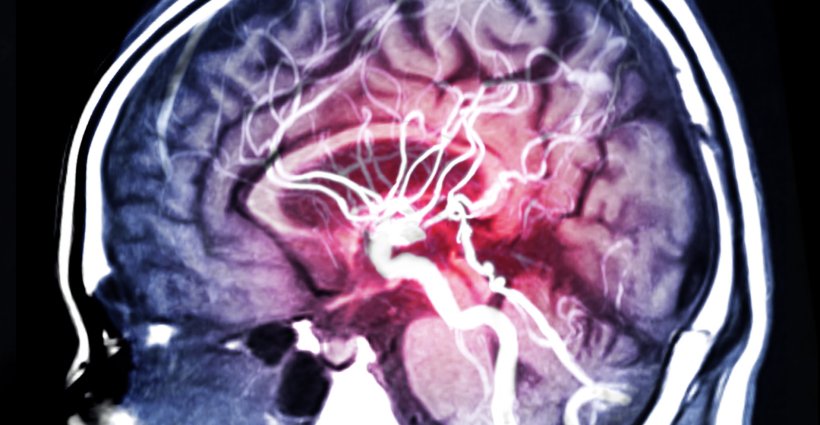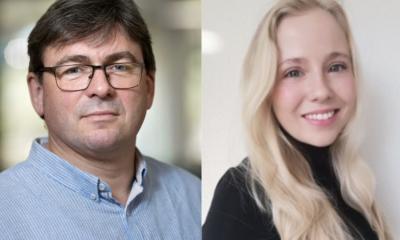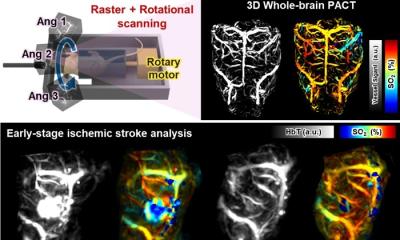
© samunella – stock.adobe.com
News • Near-infrared photobiomodulation
Noninvasive laser therapy shows promise in stroke treatment
People who experience stroke have limited therapeutic options, but new research by investigators from Massachusetts General Hospital reveals the potential for non-invasive light treatment using lasers.
The results are published in Stroke.
“Unlike other approaches using chemicals, which can be toxic to our bodies, laser light is a physical parameter. It does not stay in the body after the therapy and will have little chance of causing side effects,” said co–senior author Satoshi Kashiwagi, MD, PhD, an investigator in the Department of Radiology at Massachusetts General Hospital and an assistant professor of Radiology at Harvard Medical School.
Such technology has the potential to replace the current standard therapy using chemicals, which may cause side effects
Satoshi Kashiwagi
Kashiwagi and his colleagues have been searching for new stroke therapies because the currently used combination treatment of intravenous thrombolysis and endovascular thrombectomy (the injection of clot-busting drugs plus surgical removal of a blood clot) is effective only when it is performed within a certain timeframe and is only appropriate for a fraction of patients.
Targeting the endothelial cells that line blood vessels represents a promising therapeutic strategy because dysfunction of these cells is implicated in the development of stroke. Endothelial dysfunction is characterized by insufficient production of nitric oxide (NO), a gas that helps keep blood vessels open to allow blood to flow freely. Noting that previous research has shown that laser therapy increases NO production in endothelial cells, the Mass General research team tested the effects of laser therapy in a mouse model of stroke.
They found that treating the head with low-power invisible laser light improved brain blood flow and decreased stroke injury. Experiments showed that mechanistically, laser treatment improved the function of blood vessels in the brain by stimulating the production of NO.
“We discovered a new way to effectively treat stroke using laser light, a modality that is already widely used in the clinic for procedures such as Lasik eye surgery and tattoo removal, and has a well-known safety profile,” said Kashiwagi. “Thus, we expect that we could advance this technology to clinical trials relatively soon. Such technology has the potential to replace the current standard therapy using chemicals, which may cause side effects.”
Laser therapy may also be effective for a wide array of other cardiovascular diseases that are characterized by NO deficiency.
Source: Massachusetts General Hospital
22.06.2024











